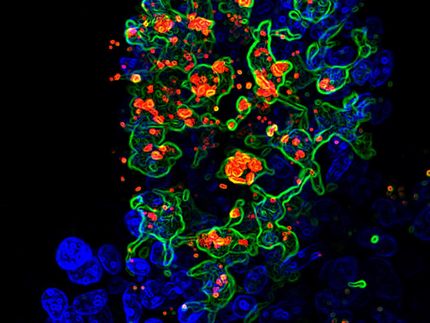Shield Signs Agreement for ST10-021 with AOP Orphan Pharmaceuticals
AOP Orphan to make strategic €3m investment in Shield Holdings
Advertisement
Shield Holdings AG announced that it has signed a strategic commercialisation agreement for its lead asset, ST10-021, an iron therapy product which has commenced Phase III clinical development, with AOP Orphan Pharmaceuticals AG (“AOP”).
Under the terms of the agreement, Shield, whose products address areas of high unmet medical need, will receive an upfront payment of €1.25m and further milestone-based payments of up to €1.75m. AOP will receive commercialisation rights to ST10-021 in Central Eastern Europe and the Middle-East, together with an equity stake in a subsidiary of Shield.
ST10-021, a novel stable complex of ferric iron in an oral formulation, is being developed as a daily prescription pharmaceutical iron therapy product with an initial indication for the treatment of iron deficiency anaemia (“IDA”) associated with inflammatory bowel disease (“IBD”). IDA is a significant complication of IBD, affecting approximately 73% of patients with ulcerative colitis or Crohn’s disease globally1,2. ST10-021 was acquired by Shield in Q1 2010 and has global patent protection through 2026.
Shield recently initiated a pivotal Phase III programme for ST10-021 as a treatment for IDA as a side-effect of both ulcerative colitis and Crohn’s disease. Two parallel clinical trials will commence patient enrolment in 2011. The international, 12 week, multi-centre trials will include approximately 120 patients each and the primary endpoint of the studies will be measurement of haemoglobin improvement via a simple blood test. Tests conducted to date in nearly 400 humans suggest that ST10-021 may be safe and well tolerated, with the potential to provide a new therapy option that could overcome the clear limitations of current treatments.
Currently available oral treatments for IDA demonstrate limited effectiveness due to negative side-effect profiles and low levels of compliance. Intravenous therapies also have limitations as they are expensive, have the potential to cause hypersensitivity reactions and are inconvenient due to the requirement for hospital-based administration. Rapid absorption of ST10-021 in the upper gastro-intestinal tract may enable lower dosing and may mitigate the risk of unwanted gastro-intestinal side effects commonly observed with commercially available oral iron replacement therapies. In addition, it appears that the efficacy of ST10-021 is not dependent on an acidic gastric pH, so it may be able to be co-prescribed with commonly used gastric-acid reducers.


















































